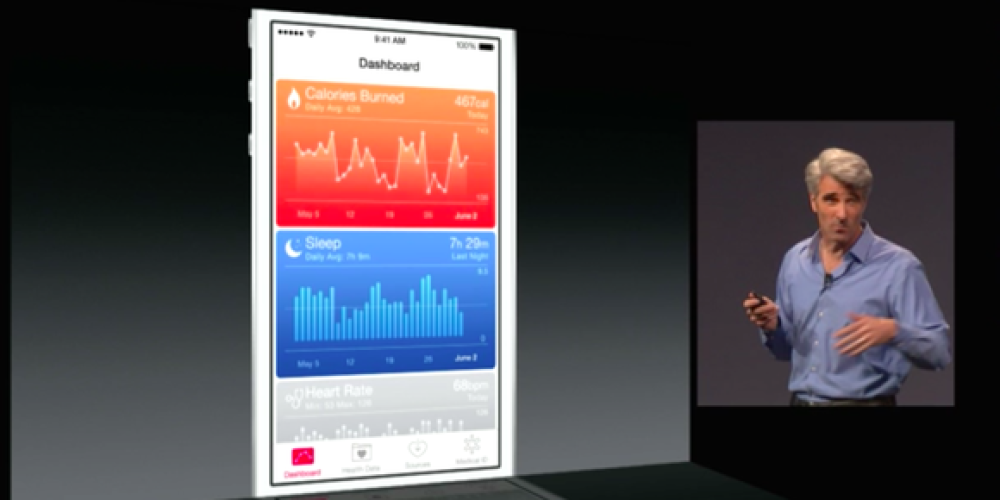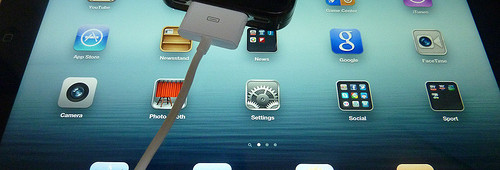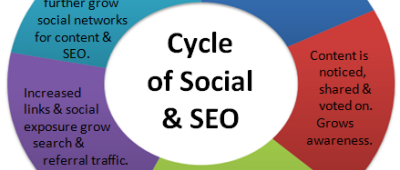Mobile health is all about innovation.
Mobile health marketing is innovative as well. We embrace social media, sing the praises of search engine optimization (SEO) and look for ways to incorporate “agile” into the process. But how does marketing turn qualified leads into sales? Converting prospects into closed sales takes more than innovation. It takes a deep understanding of the psychology of the prospective buyer.
Here’s some great insight on the art of closing a business deal from the advertising executive who pitched (and won) the MasterCard account with his agency’s “Priceless” campaign:
1. You need to understand that behind every decision lies a hidden agenda.
There are no magic tricks or hypnotics to persuade people to do what you say. Rather, behind every decision the average person makes to buy something — whether a product or service, your argument or an idea — is an unspoken emotional motivation. I call this the hidden agenda. Tap this, connect to it — and you will have people saying yes.
2. You need to do your emotional homework to find the hidden agenda.
To find the hidden agenda, you need to identify your audiences’ wants, needs and/or values. Deep desires, often unspoken — like the desire to be recognized, to feel appreciated, to create something, to be admired, to lead, to feel safe and secure — are fundamental to any business decision. The business issue and the hidden agenda are intertwined.
3. A hidden agenda falls into one of three categories:
Wants: Wants are about people viewing their circumstances through the lens of ambition and confidence.
Needs: Needs are about viewing circumstances through the lens of fear or concern.
Values: Values are about people viewing the world entirely through the lens of their belief systems.
4. You need to connect yourself to the hidden agenda.
You win the pitch when you link what I call your leverageable assets to your audience’s hidden agenda. Your leverageable assets are:
Real Ambition: This is your intention to create something good where nothing existed before.
Your Core Abilities: These are the special abilities you possess at the core of your being that separate you from others.
Your Credo: These are the values and the belief system to which you subscribe, and/or a shared behavior and code of ethics that you’re working within.
5. You need to deliver like a litigator.
With this foundation, you can then create your argument, gathering all your facts and supporting evidence around the hidden agenda, which should be placed squarely at the center of your “case.” Then, you can create an exciting tale where your audience attains their deepest desire, not via business-speak, but with good old-fashioned storytelling to convincingly convey your pitch.
Pitching is not about convincing someone to buy something they neither want nor need. To me, I think of a successful pitch as having the expertise, knowledge and insight to know what people want deep down, and the ability to help them achieve it.
photo credit: reynermedia via photopin cc









One thought on “It Takes More Than Innovation for mHealth Businesses to Seal the Deal”